Best AI tools for education
- Jotform AI Agents: Best for automating student interactions and streamlining administrative tasks
- Edcafe: Best for creating teaching resources with AI
- Quizlet: Best for students who want good grades
- Brisk Teaching: Best for a browser extension you can use anywhere
- Eduaide.Ai: Best for creating quizzes and games
- CoGrader: Best for grading essays
- Khanmigo: Best for creating relatable and real-world learning materials
- Curipod: Best for interactive learning
- SchoolAI: Best for learning with chatbots
- ChatGPT: Best for all the other little tasks
Smart educators and institutions aren’t being replaced by artificial intelligence. Instead, they’re embracing this new technology and using it to transform education as we know it.
What if one tool could change your classroom? AI solutions for education can have a powerful impact on teachers, students, and administrators. With the help of AI, teachers can automate repetitive tasks, streamline lesson planning, create novel learning materials, and make grading faster and more consistent.
Not only can it save teachers heaps of time, but it can also help them deliver even better lessons by providing students with personalized learning materials that make the concepts they’re learning more digestible. Administrators can also benefit from automating repetitive tasks, gaining actionable data about their teachers and students, and keeping their schools on the cutting edge.
We’re going to look at 10 of the best AI tools for education. Whether you’re a teacher looking to create incredible learning materials, a student looking to get ahead, or an administrator concerned about keeping up with technology, we’ve got you covered.
10 best AI tools for teachers, students, and administrators in 2025
| Tool name | Best for | Key features | Pricing | G2 rating |
|---|---|---|---|---|
| Jotform AI Agents | Automating student interactions and streamlining administrative tasks | Collect data and take action; integrate with Jotform and other tools; embed in websites or via WhatsApp or SMS | Free plan; paid tiers for advanced features | 4.5/5 |
| Edcafe | Creating teaching resources with AI | Create presentations, quizzes, lesson plans, and chatbots from multiple sources | Free plan; paid Pro, Premium, and School plans | N/A |
| Quizlet | Students who want good grades | Turn notes into flashcards, study guides, and practice tests; use Expert Solutions function for homework help | Free plan; paid plan with advanced learning features | 4.5/5 |
| Brisk Teaching | Those looking for a browser extension you can use anywhere | Use a browser extension for documents and online tools; generate feedback, notes, and parent letters | Free plan for educators; paid plans for schools and districts | N/A |
| Eduaide.Ai | Creating quizzes and games | Create lesson plans, quizzes, games; use an affordable tool designed by teachers | Free plan; affordable paid plans for individuals and schools | N/A |
| CoGrader | Grading essays | Auto-grade essays with feedback; support handwritten assignments | Free plan; paid plans for educators and schools | N/A |
| Khanmigo | Creating relatable and real-world learning material | Access an educational chatbot; use AI tools for teachers, students, and parents | Free plan for teachers; paid plans for parents, schools, and districts | 4.5/5 |
| Curipod | Interactive learning | Create and deliver interactive lessons with quizzes and feedback | Free plan; paid plans for districts and schools | 4.5/5 |
| SchoolAI | Learning with chatbots | Create spaces with AI sidekicks; track student progress | Free plan for teachers; paid plans for organizations | 5/5 |
| ChatGPT | All the other little tasks | Support email writing, rubric creation, and idea brainstorming with flexible tool | Free plan; paid plans for individuals and orgs | 4.7/5 |
1. Jotform AI Agents: Best for automating student interactions and streamlining administrative tasks
Jotform AI Agents can be configured to gather data, take actions, and provide information. This enables them to do everything from enrolling students in elective classes and answering questions about a school or class to streamlining any administrative task you can think of.
Jotform Education AI Agents are a powerful tool for teachers looking to automate student interactions as well as administrators hoping to streamline and modernize their workflows. Jotform is one of the most customizable tools on this list. If there’s any administrative or rote task that’s taking up valuable teaching time, there’s sure to be a way to use an AI Agent to speed things up.
The only downside to Jotform Agents is that they take time and effort to set up. You have to configure them to your specific task. You can’t just sign up and forget about them, but thankfully Jotform’s intuitive platform makes it easy.
Developer: Jotform
Key features: Collect data and take action. Integrate with Jotform, Jotform Tables, and other tools. Embed in your school website or through multiple channels like WhatsApp and SMS.
Limitations: Requires setup for specific use cases. AI accuracy depends on the knowledge base provided.
Pros: Powerful, flexible, and easy to use.
Cons: Takes time to set up.
Plans/Pricing: Free plan available; advanced AI features in paid tiers.
G2 rating: 4.5/5
2. Edcafe: Best for creating teaching resources with AI
Edcafe has loads of AI tools for teachers. It can create slide decks, flashcards, lesson plans, quizzes, and other kinds of teaching resources from any source. Upload a file with your notes, find a webpage that has everything you need, or just let the AI do its thing. Whatever option you choose, Edcafe will quickly create detailed learning resources that you can then customize to best suit your specific class.
While its lesson plan AI is solid, a standout feature is that the tool can generate a quiz from a YouTube video. It’s a great way for teachers to make educational YouTube videos a real part of the educational process. As a kid, I always loved when teachers would put on a video—it felt like such a treat. This is a great way to make videos a valuable part of the lesson plan.
Developer: Inknoe
Key features: Create presentations, quizzes, and other teaching materials from multiple sources. Create chatbots and auto-grade assignments.
Limitations: Some features require your school to sign up. The web app is pretty basic.
Pros: Quickly create great learning resources. Decent free plan for occasional use.
Cons: Need school agreement for some features.
Plans/Pricing: Free plan available; advanced features on Pro, Premium, and Edcafe for Schools paid plans.
G2 rating: N/A
3. Quizlet: Best for students who want good grades
Quizlet is a powerful tool for students who want to make their study notes more interactive. You can turn class notes into revision flashcards, detailed study guides, and even practice tests. For students who want to ace a class, Quizlet is a great way to turn class notes into detailed and useful resources. (It’s especially useful if your teacher doesn’t use any of the great AI education apps on this list to create their learning resources!)
There’s also a feature called Expert Solutions where the AI will help you with your homework. If you’ve ever been stuck with a complex math problem or struggled to translate something in Spanish, it can help you out.
If Quizlet had been around when I’d been in school, I definitely would have used it.
Developer: Quizlet
Key features: Convert class notes into interactive flashcards, study guides, and practice tests. Find and share study resources with other students. Get AI help with homework.
Limitations: Requires study notes to be Word, Powerpoint, or PDF documents.
Pros: Easily turn study notes into interactive resources. Create practice tests from flashcards and study guides.
Cons: Popular resources may not be relevant to what you’re studying.
Plans/Pricing: Free plan available; paid plan with more learning features available.
G2 rating: 4.5/5
4. Brisk Teaching: Best for a browser extension you can use anywhere
Brisk Teaching can create teaching resources, generate student feedback, and write meeting notes or parent letters. It’s a powerful tool, but its killer feature isn’t what it does but where it works.
Instead of being a standalone app, Brisk is a browser extension for Chrome and Edge that works in the apps you already use, like Google Docs, online textbooks, and more. For example, you can use Brisk’s AI to create slides in Google Slides rather than a proprietary presentation app. Similarly, Brisk can add feedback comments to a Google Doc assignment. You can also turn any web page into a grade-appropriate learning resource to share with your class.
In terms of sheer flexibility, it’s hard to beat Brisk.
Developer: Brisk Labs Co.
Key features: Use this Chrome and Edge extension in almost any app. Generate learning materials, student feedback, and more.
Limitations: Can’t be used as a standalone tool.
Pros: Easy to use and integrates with a wide variety of apps and tools.
Cons: Browser extensions can be buggy.
Plans/Pricing: Free for individual educators; paid plan for schools and districts.
G2 rating: N/A
5. Eduaide.Ai: Best for creating quizzes and games
Created by teachers, for teachers, Eduaide.AI is able to create a wide variety of learning resources for students of every level. For example, you can create resources that match various frameworks like 5E, Gagné’s Nine Events of Instruction, and SPARK. You can also set up demonstrations of different concepts, worked-out examples of problems, and full slide decks. It’s easy to fine-tune the different resources to suit your students’ needs.
One place where this tool stands out is with its educational games. It can turn lecture notes into a Jeopardy-style review quiz, a trashketball (trashcan basketball) quiz, and more. It’s a great way to add more fun to the classroom.
Developer: Eduaide.Ai
Key features: Generate unit frameworks, assessments, learning resources, lesson plans, quizzes, games, and more. Affordably priced for individual teachers.
Limitations: Web app is a bit cluttered with so many learning resources to choose from.
Pros: Clearly designed with teachers in mind. Affordable and easy to use.
Cons: Seems to have everything, including the kitchen sink.
Plans/Pricing: Free plan available; affordable paid plan with unlimited use; custom plans for schools and districts.
G2 rating: N/A
6. CoGrader: Best for grading essays
CoGrader is designed to help teachers quickly grade essays and write feedback. You upload the assignment guidelines and create a marking rubric, and CoGrader does the rest. In my testing, it did a great job differentiating between solid answers and terrible answers, and its feedback to the hypothetical students was spot-on.
CoGrader is up-front that its results are provisional and should be reviewed by the teacher, but that’s a big plus in my mind. It isn’t overpromising and under delivering. For teachers under time pressure, it can do a great first pass. Think of it as an AI teacher assistant.
Developer: CoGrader
Key features: Automatically grade student essays and assignments. Create personalized student feedback. Works with handwritten assignments.
Limitations: Grades and feedback still need to be reviewed, so it isn’t a fully automated system.
Pros: Speeds up grading and writing feedback; works with education platforms and uploaded files.
Cons: AI can make mistakes and hallucinate.
Plans/Pricing: Free plan available; paid plans for educators, schools, and districts.
G2 rating: N/A
7. Khanmigo: Best for creating relatable and real-world learning materials
Khanmigo is a collection of AI tools for teachers and parents. The two plans are slightly different, but the idea is the same: Make learning easier and more fun. Some of Khanmigo’s best tools take a boring concept—like set theory—and make it relatable by, say, incorporating soccer references so the learner can see how it’s relevant in the real world.
Khanmigo has lots of other thoughtful touches too, like a chatbot that can help solve homework problems with a built-in math keyboard so entering complex equations is simple.
I love that Khanmigo is available for parents. A lot of other resources target teachers or college students, so Khanmigo fills a nice niche. It’s also great that it was developed by Khan Academy, which has a serious online education pedigree.
Developer: Khan Academy
Key features: Access a large collection of AI tools for teachers, parents, and students. Useful educational chatbot.
Limitations: Not available directly to students.
Pros: Khan Academy has a lot of experience with educational materials. Tools are cleverly designed and specific.
Cons: Not as many options or features as other tools on this list.
Plans/Pricing: Free plan available for teachers; paid plans for parents, schools, and districts.
G2 rating: 4.5/5
8. Curipod: Best for interactive learning
Curipod is two things: an AI-powered interactive lesson builder and a platform for delivering those lessons. It takes boring old PowerPoint slides and brings them into the modern age.
Curipod can create interactive slide decks with questions, games, word clouds, and quizzes that provide automatic feedback for students. When the lesson is live, students are able to answer questions using their smartphone or laptop and the teacher can highlight the best responses, see who’s got the answers correct, and more. It’s designed to make lessons more interactive and give teachers a real-time view of how well the students are learning.
As a bonus, Curipod works for both remote and in-person learning.
Developer: Curipod
Key features: Create interactive slide decks and present them to students online or in the classroom.
Limitations: Requires students to use devices to engage.
Pros: Generate effective and interactive lessons. Students can join from anywhere.
Cons: Non-AI tools are a bit clunky. Can’t generate charts, graphs, and other math teaching visuals.
Plans/Pricing: Free plan available; paid plans for districts and schools.
G2 rating: 4.5/5
9. SchoolAI: Best for learning with chatbots
SchoolAI is one of the most comprehensive AI tools for teachers. It can generate learning plans, lesson materials, grading rubrics, and all kinds of handouts from notes, an AI prompt, and other resources. There’s a Chrome extension that works with Google Docs that you can use to turn web content into lesson materials.
SchoolAI’s best feature is called Spaces. These dedicated educational areas give students an AI sidekick to help them work through specific learning materials. These sidekicks can be a helpful AI chatbot or a figure from history or fiction, like Pythagoras or Huck Finn. The teacher can track student progress and see who needs extra help.
SchoolAI is designed to be incredibly student safe. If a student types into the chat something that indicates they’re struggling, being bullied, or having any other kind of crisis, the school is notified so a teacher can intervene. It’s great to see these kinds of educational tools taking such proactive steps toward student safety.
Developer: SchoolAI
Key features: Track student performance and use Spaces as a powerful learning tool.
Limitations: Chatbots are only as good as the instructions and materials they’re given.
Pros: Incredibly interactive. Chatbots can engage students well.
Cons: Requires setup.
Plans/Pricing: Free plan for teachers; paid plans for organizations.
G2 rating: 5/5
10. ChatGPT: Best for all the other little tasks
When it comes to AI for teachers, parents, students, administrators, and pretty much everyone else, ChatGPT is one of the most powerful and flexible options. My partner is a college lecturer and she uses it dozens of times every week to write emails, create marking rubrics, brainstorm ideas, and so much more.
While ChatGPT isn’t designed specifically for educators, it’s so flexible that it makes it easy to do all the little jobs that a more tailored AI can’t or won’t.
For students, ChatGPT now has a study mode that can help you learn or revise any topic. It can either work off its own understanding or from study notes that you upload.
Developer: OpenAI
Key features: Do almost anything. Incredibly powerful web app. Integrates with lots of services.
Limitations: Not specifically tailored to education, so results can vary wildly.
Pros: The best AI tool available. Not limited to a specific set of tools.
Cons: You have to direct it more carefully as it isn’t specifically designed for education.
Plans/Pricing: Free plan available; paid plans for individuals and organizations.
G2 Rating: 4.7/5
The future of AI in education
AI is already helping teachers and administrators save time and work more efficiently. At the same time, it’s helping students learn more effectively. The role of AI in education is only going to increase as personalized learning AIs and other educational technology tools become more widespread.
For educators, most of the technology is in the classroom already. A laptop and a projector is all that’s necessary to use the majority of education AI tools. If students have a computer, smartphone, or tablet at home, they are probably already using AI. It’s a tiny leap for them to also use it in the classroom.
So, whether you’re a teacher, student, administrator, or parent—why not sign up for one of the educational AI tools above? Most have a free trial that will give you an idea of what they’re capable of. If you want to explore automation in education, Jotform AI Agents should be the first thing you try.
This article is designed for teachers, students, administrators, and even parents who want to harness AI to make education more efficient, engaging, and personalized.
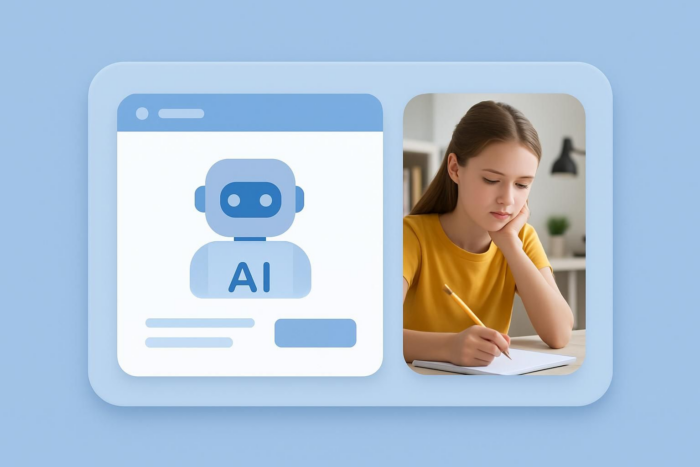
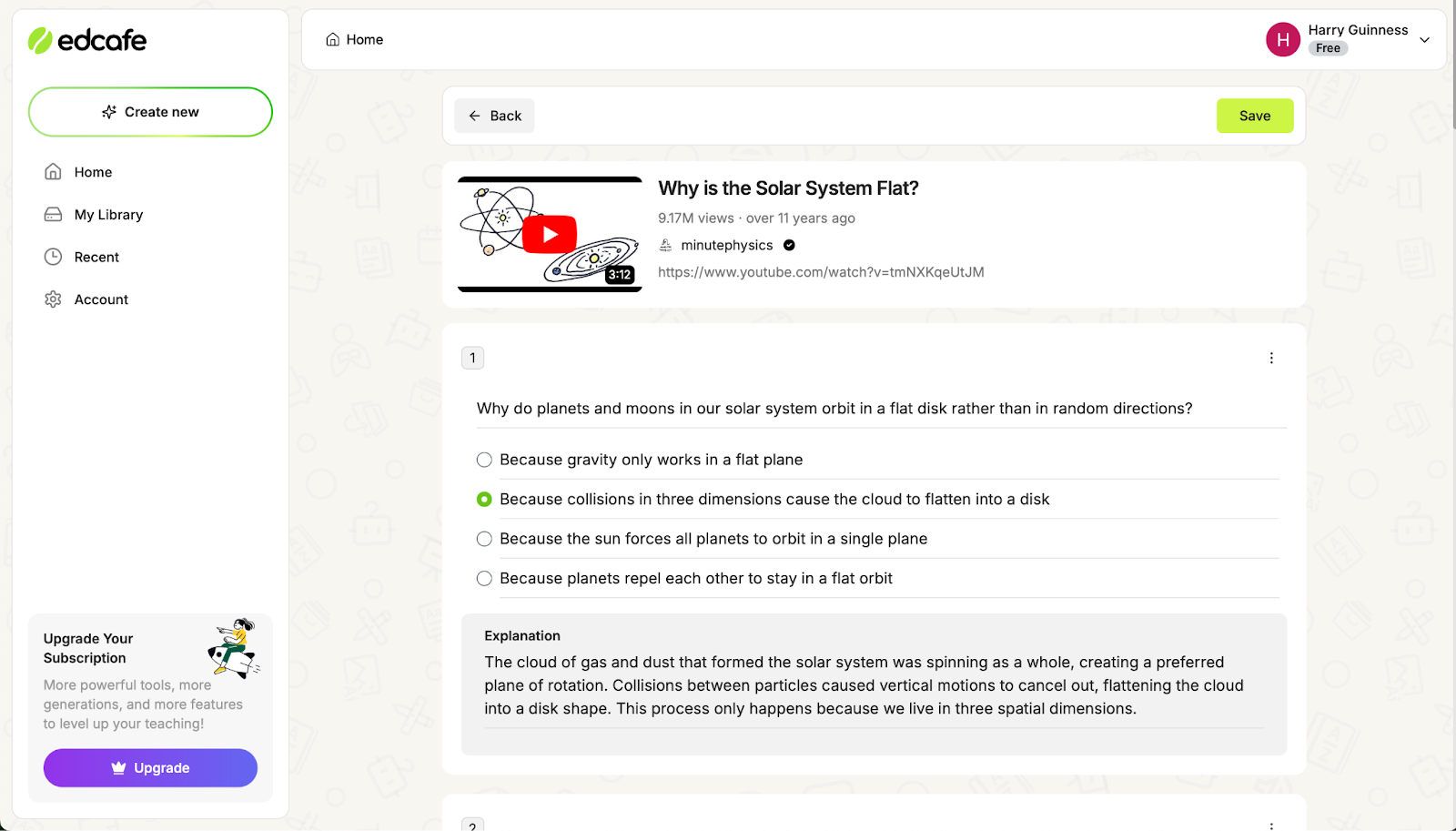
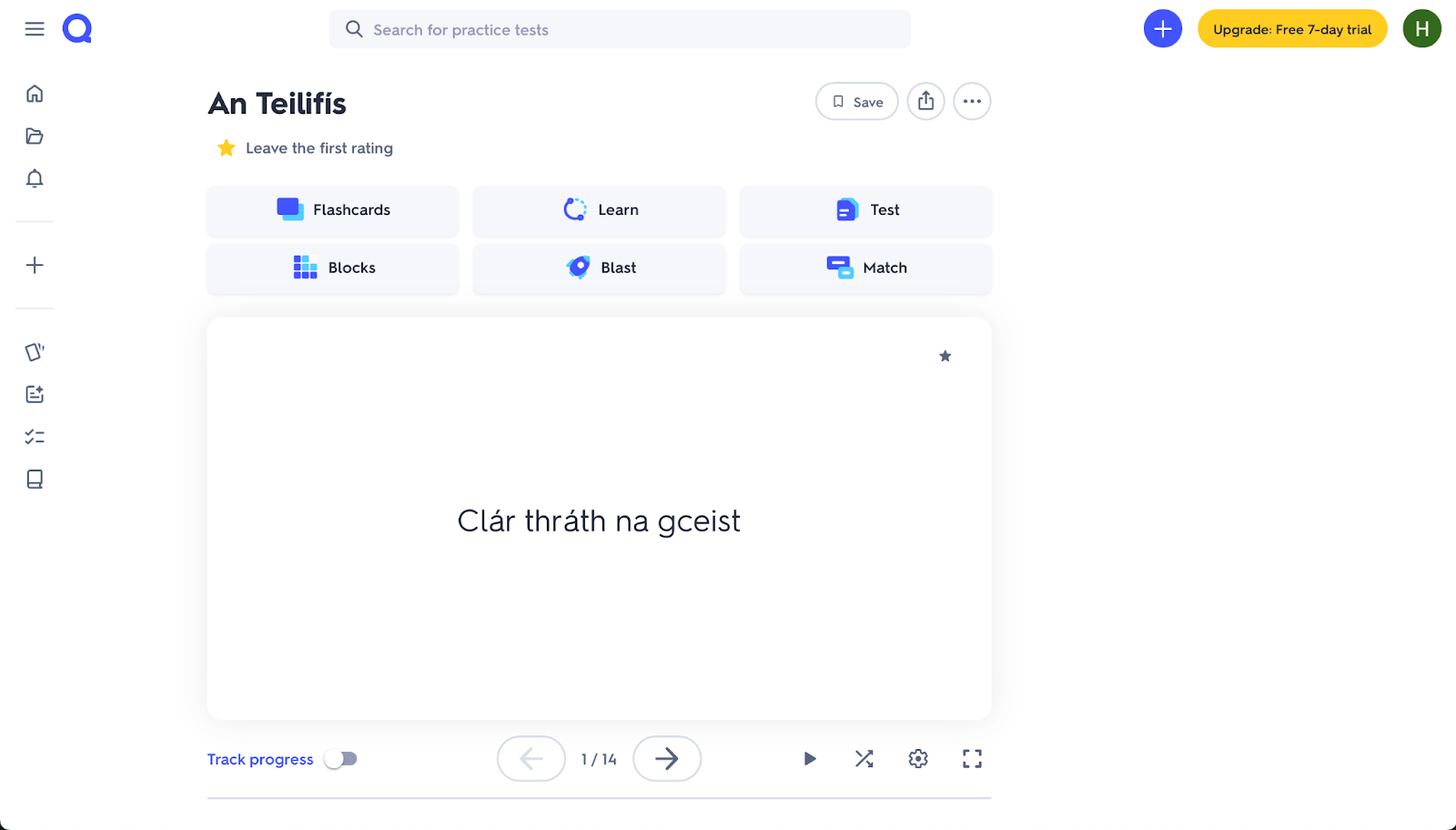
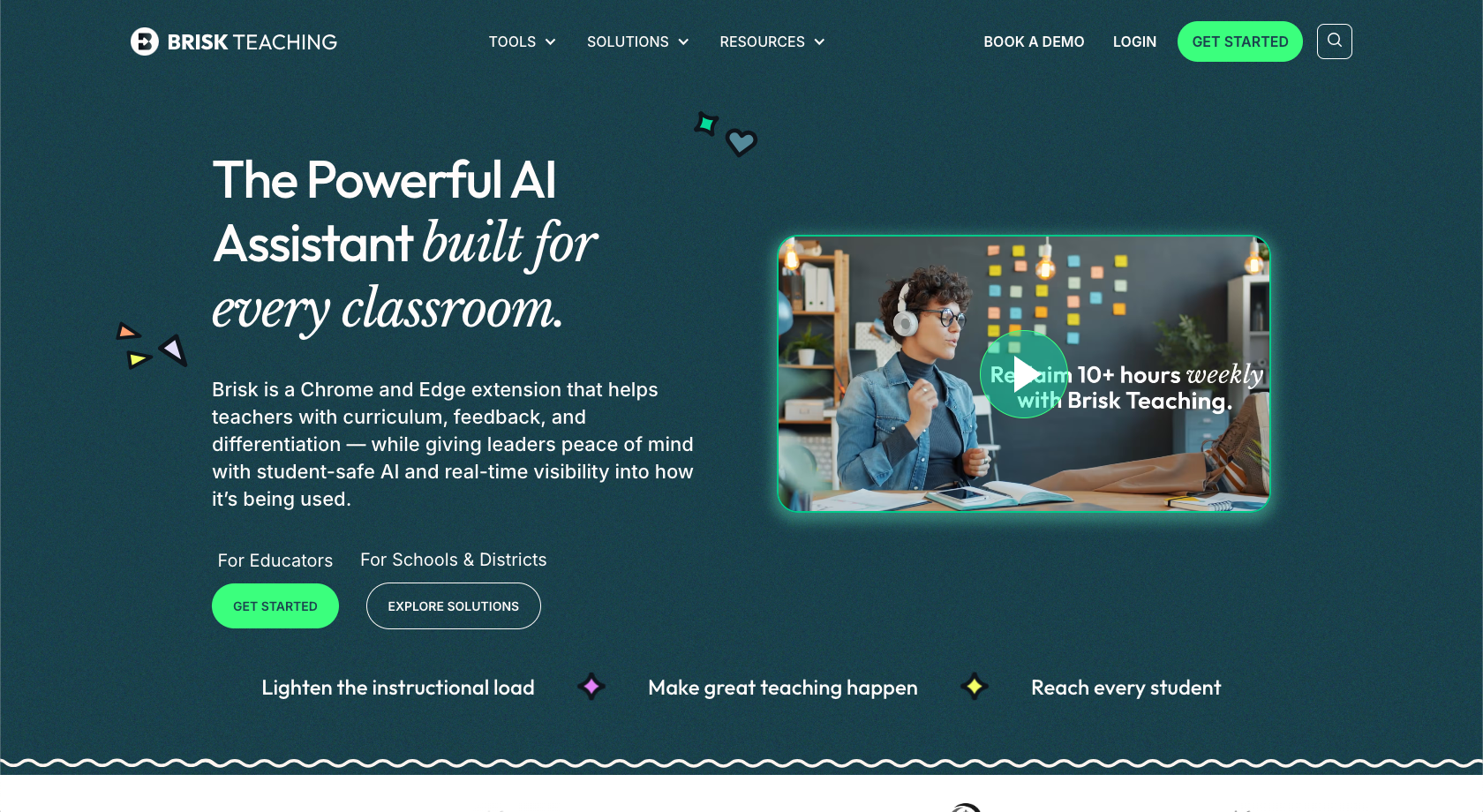
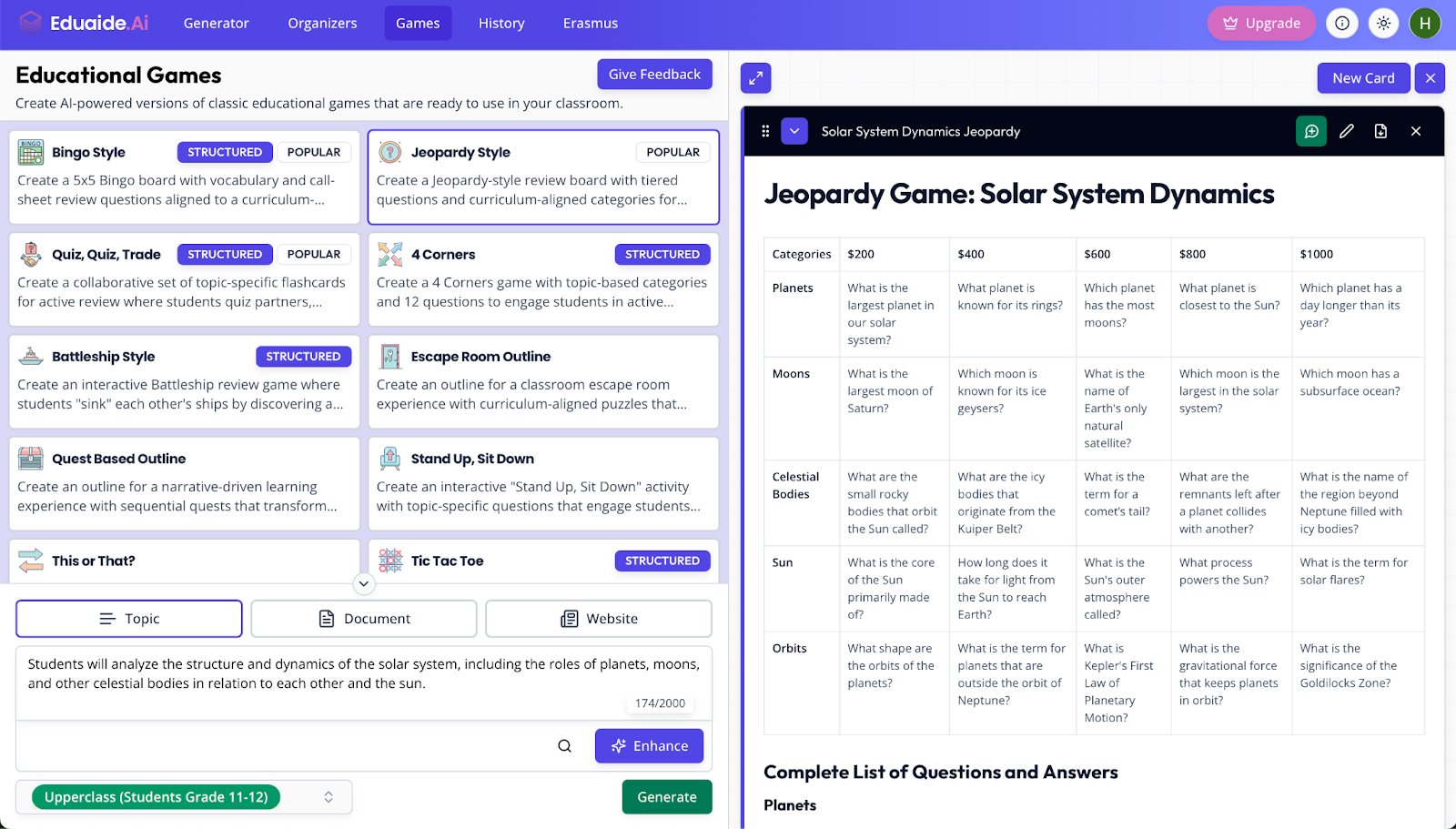
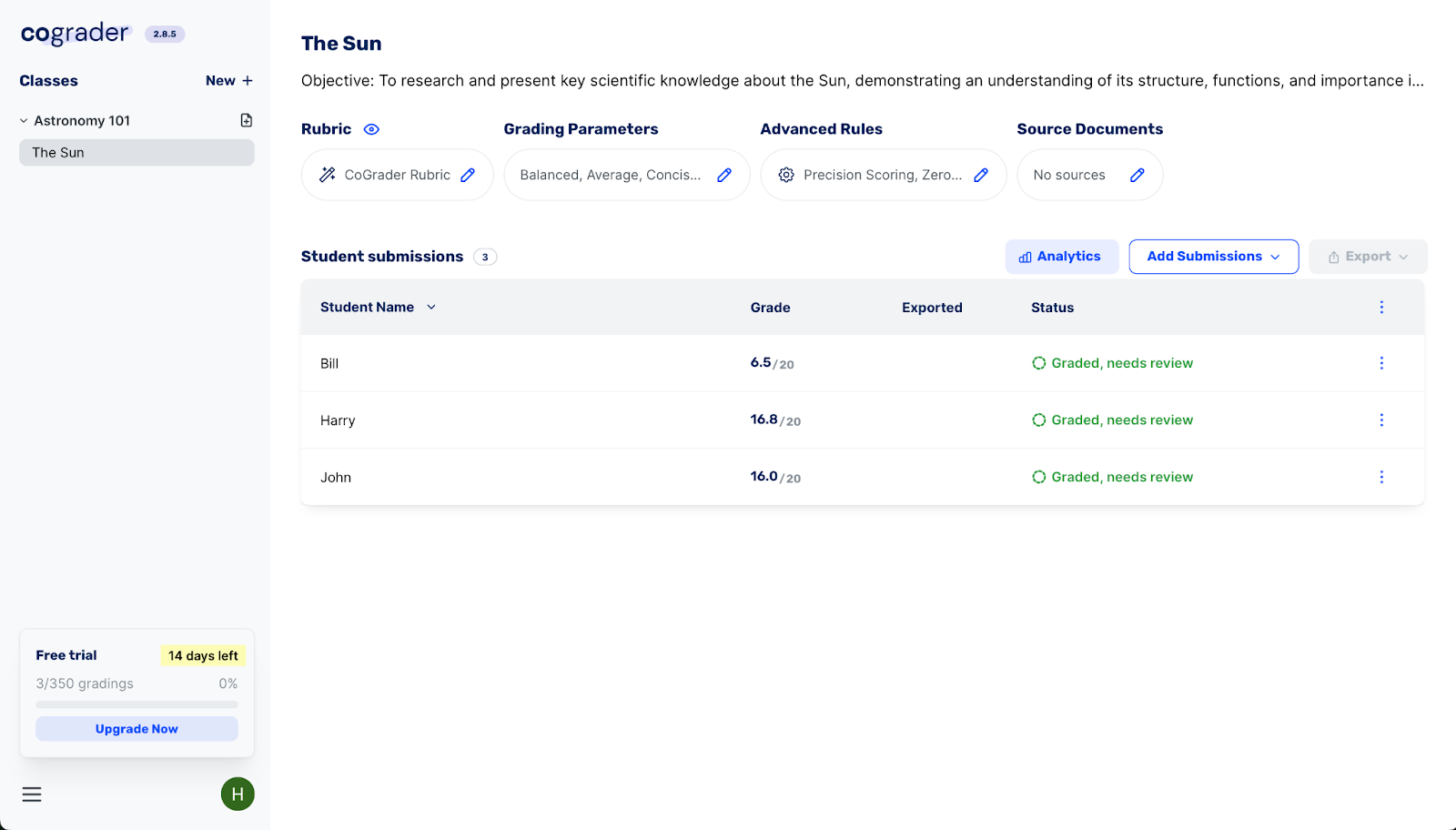
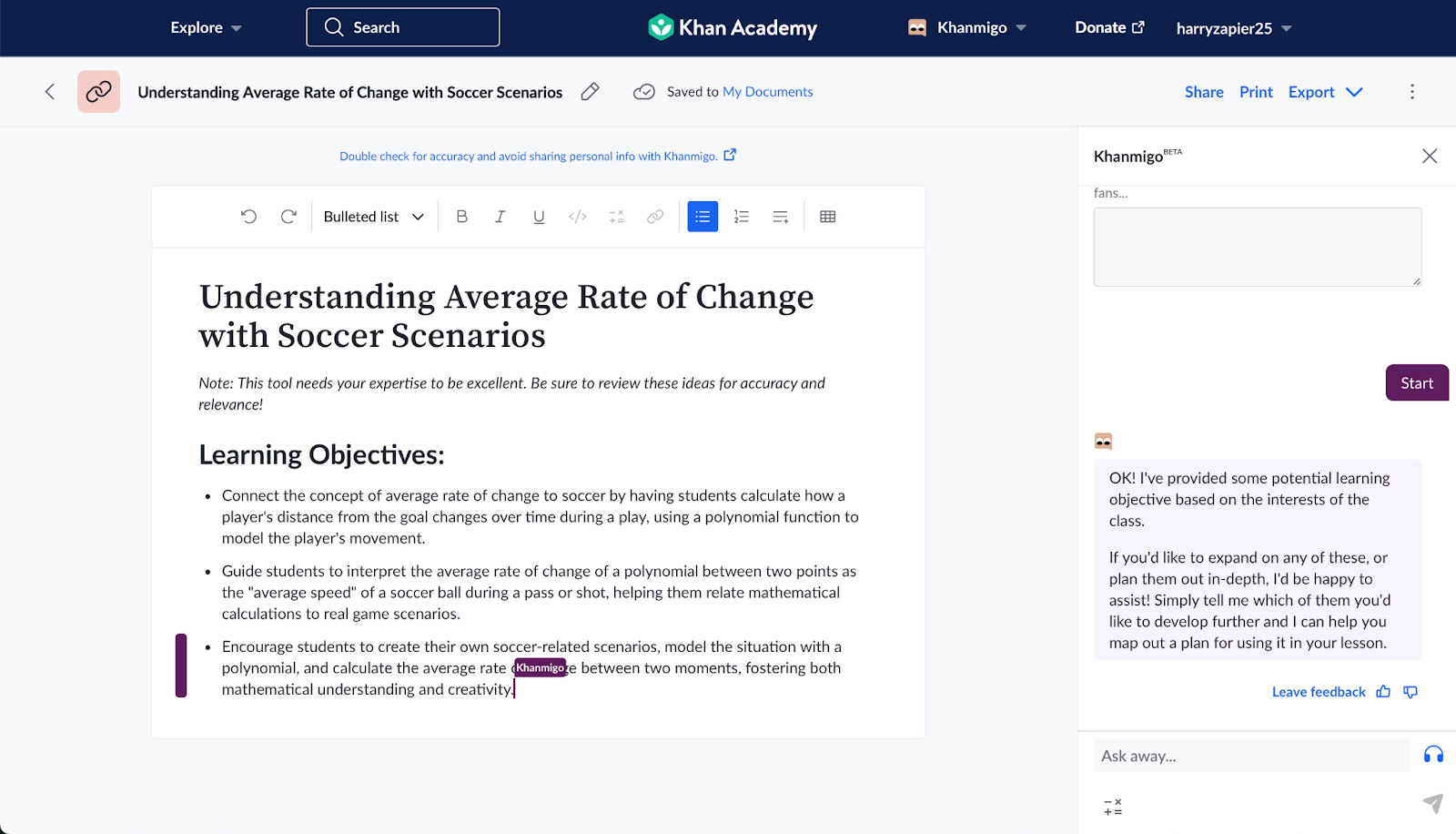
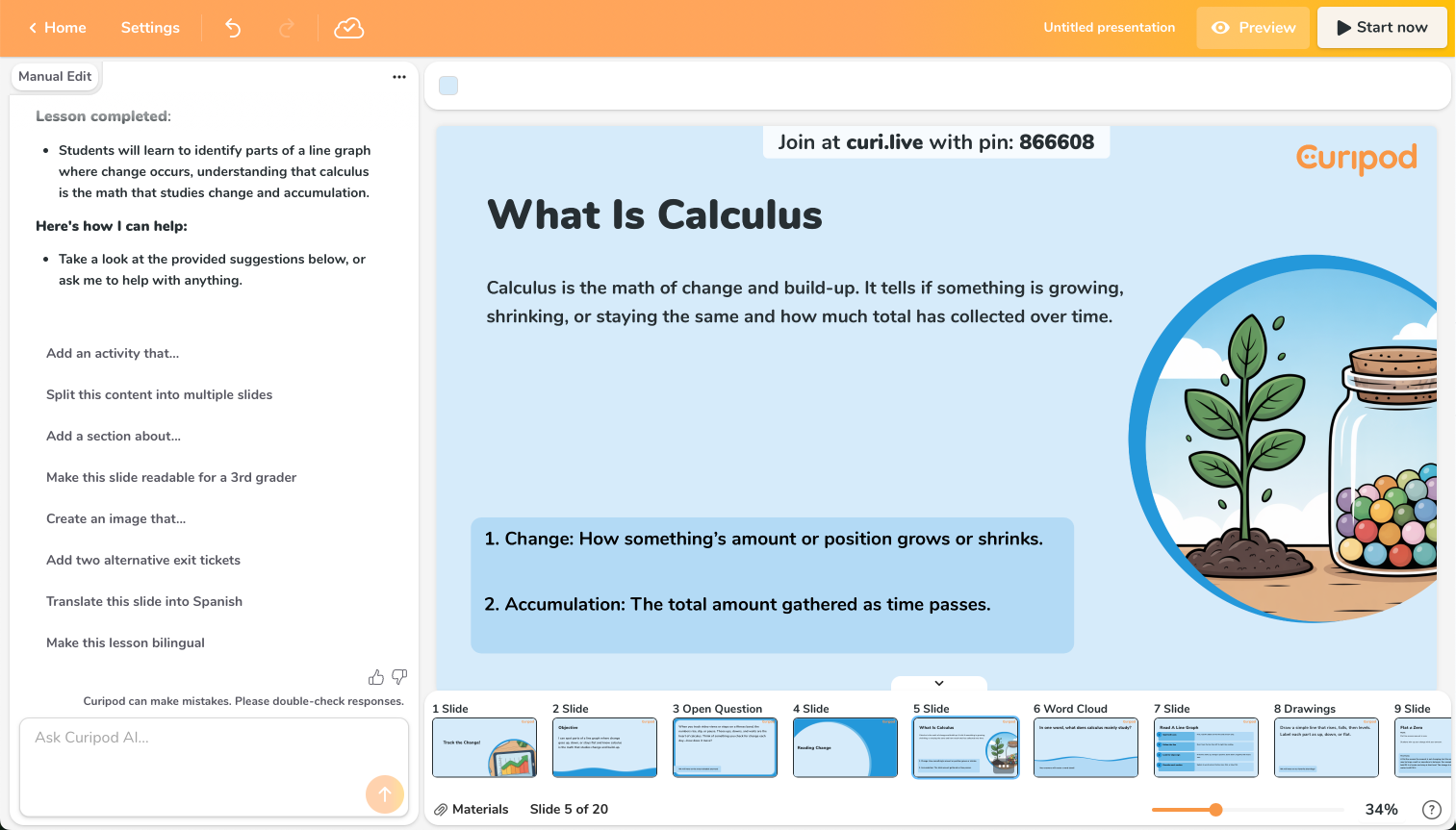
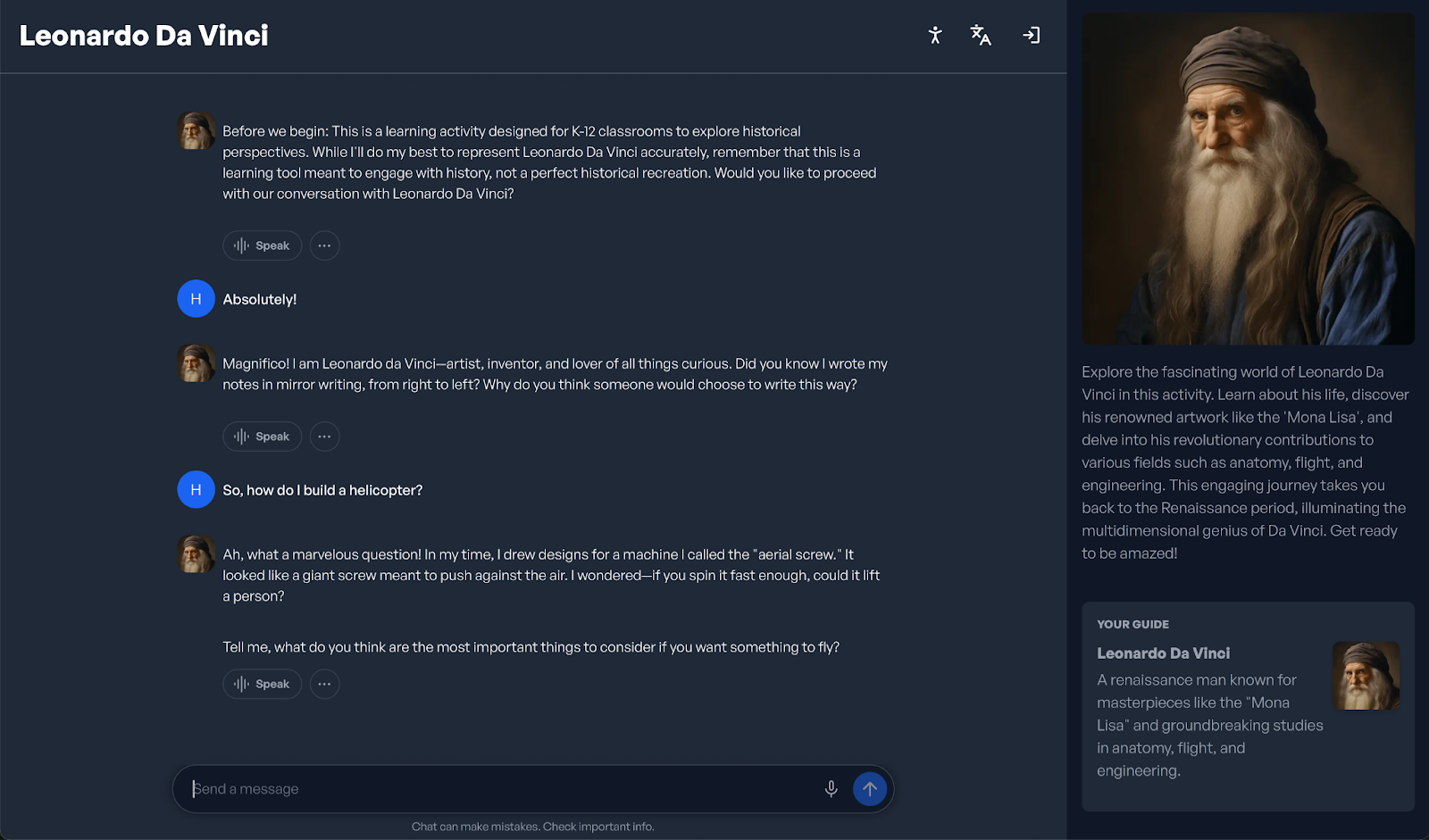
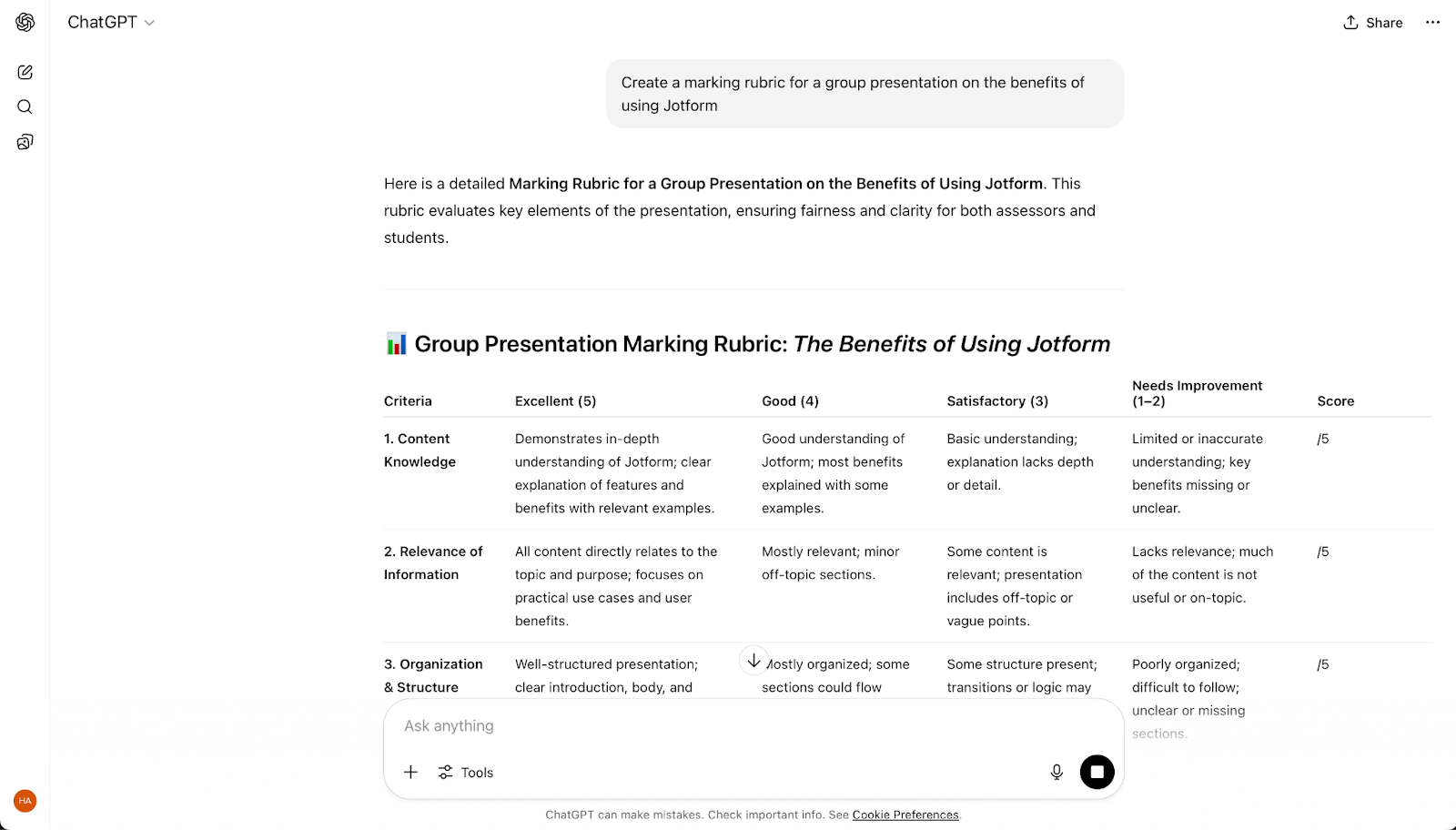











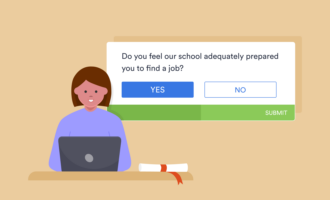









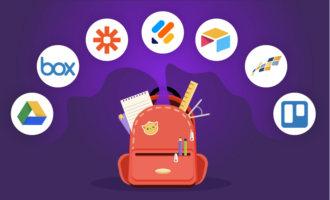
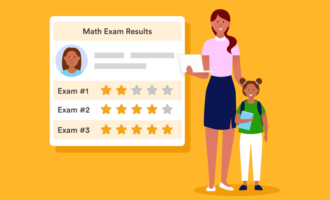



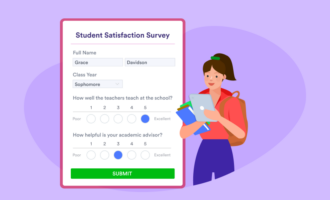



















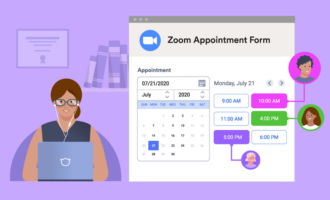

















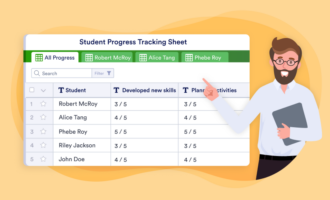




































Send Comment: